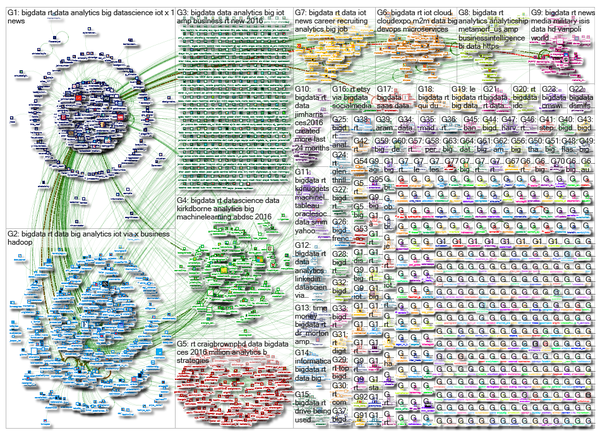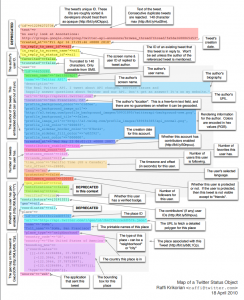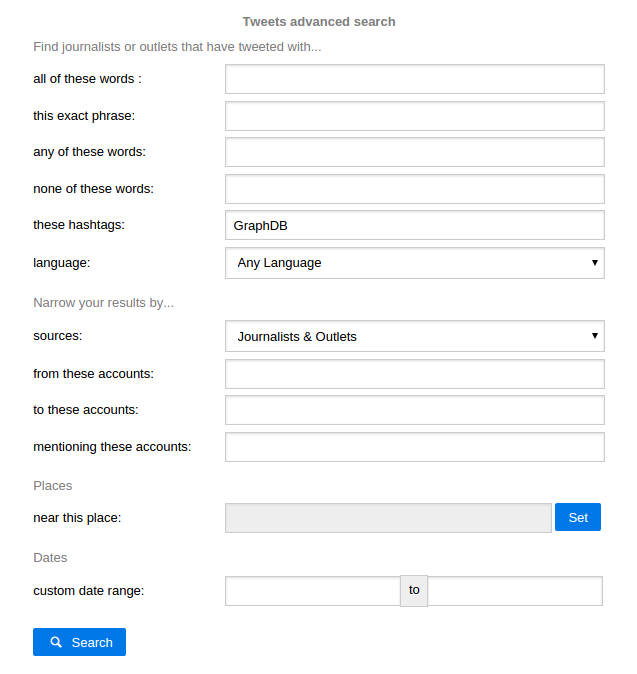While Twitter sets up its Platonic panel of censors (Plato’s Republic, Books 2/3)*, I am wondering if conduct/truth will be a defense to censorship for accounts that make positive posts about the Islamic State?
I ask because of a message suggesting accounts (Facebook?) might be suspended for posts following these rules:
- Do no use foul language and try to not get in a fight with people
- Do not write too much for people to read
- Make your point easy as not everyone has the same knowledge as you about the Islamic state and/or Islam
- Use a VPN…
- Use an account that you don’t really need because this is like a martydom operation, your account will probably be banned
- Post images supporting the Islamic state
- Give positive facts about the Islamic state
- Share Islamic state video’s that show the mercy and kindness of the Islamic state towards Muslims, and/or showing Muslim’s support towards the Islamic state. Or any videos that will attract people to the Islamic state
- Prove rumors about the Islamic state false
- Give convincing Islamic information about topics discussed like the legitimacy of the khilafa, killing civilians of the kuffar, the takfeer made on Arab rules, etc.
- Or simply just post a short quick comment showing your support like “dawlat al Islam baqiaa” or anything else (make sure ppl can understand it
- Remember to like all the comments you see that are supporting the Islamic state with all your accounts!
Posted (but not endorsed) by J. Faraday on 27 February 2016.
If we were to re-cast those as rule of conduct, non-Islamic State specific, where N is the issue under discussion:
- Do no use foul language and try to not get in a fight with people
- Do not write too much for people to read
- Make your point easy [to understand] as not everyone has the same knowledge as you about N
- Post images supporting N
- Give positive facts about N
- Share N videos that show the mercy and kindness of N, and/or showing A support towards N. Or any videos that will attract people to N
- Prove rumors about N false
- Give convincing N information about topics discussed
- Or simply just post a short quick comment showing your support or anything else (make sure ppl can understand it
- Remember to like all the comments you see that are supporting N with all your accounts!
Is there something objectionable about those rules when N = Islamic State?
As far as being truthful, say for example claims by the Islamic State that Arab governments are corrupt, we can’t use a corruption index that lists Qatar at #22 (Denmark is #1 as the least corrupt) and Saudi Arabia at #48, when Bloomberg lists Qatar and Saudi Arabia as scoring zero (0) on budget transparency.
There are more corrupt governments than Qatar and Saudi Arabia, the failed state of Somalia for example, and perhaps the Sudan. Still, I wouldn’t ban anyone for saying both Qatar and Saudi Arabia are cesspools of corruption. They don’t match the structural corruption in Washington, D.C. but it isn’t for lack of trying.
Here the question for Twitter’s Platonic guardians (Trust and Safety Council):
Can an account that follows the rules of behavior outlined above be banned for truthful posts?
I think we all know the answer but I’m interested in seeing if Twitter will admit to censoring factually truthful information.
* Someone very dear to me objected to my reference to Twitterists (sp?) as Stalinists. It was literary hyperbole and so not literally true. Perhaps “Platonic guardians” will be more palatable. Same outcome, just a different moniker.





